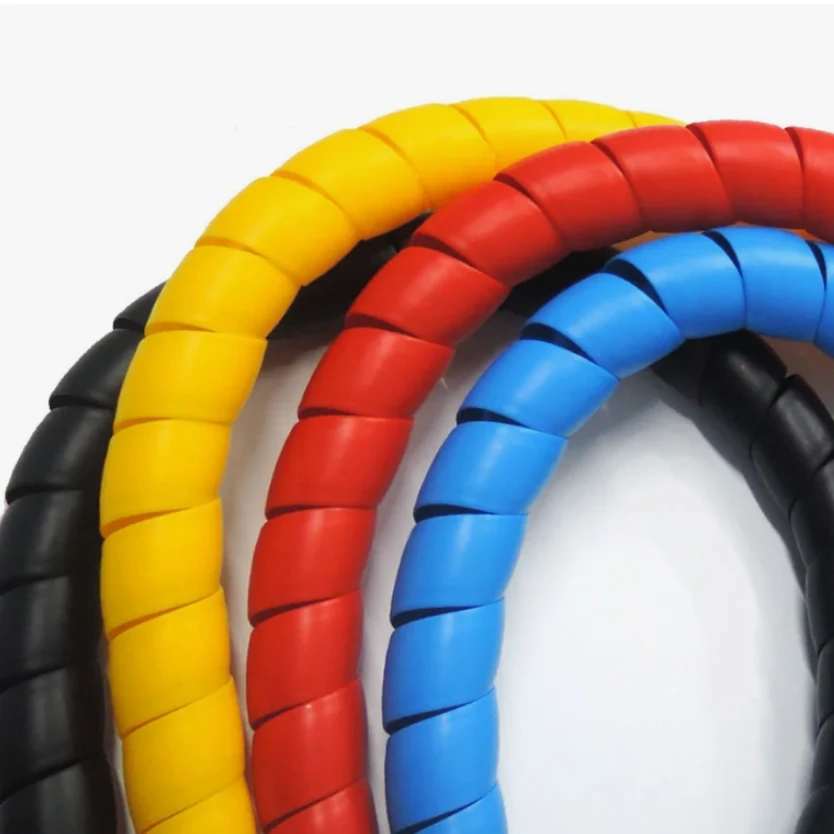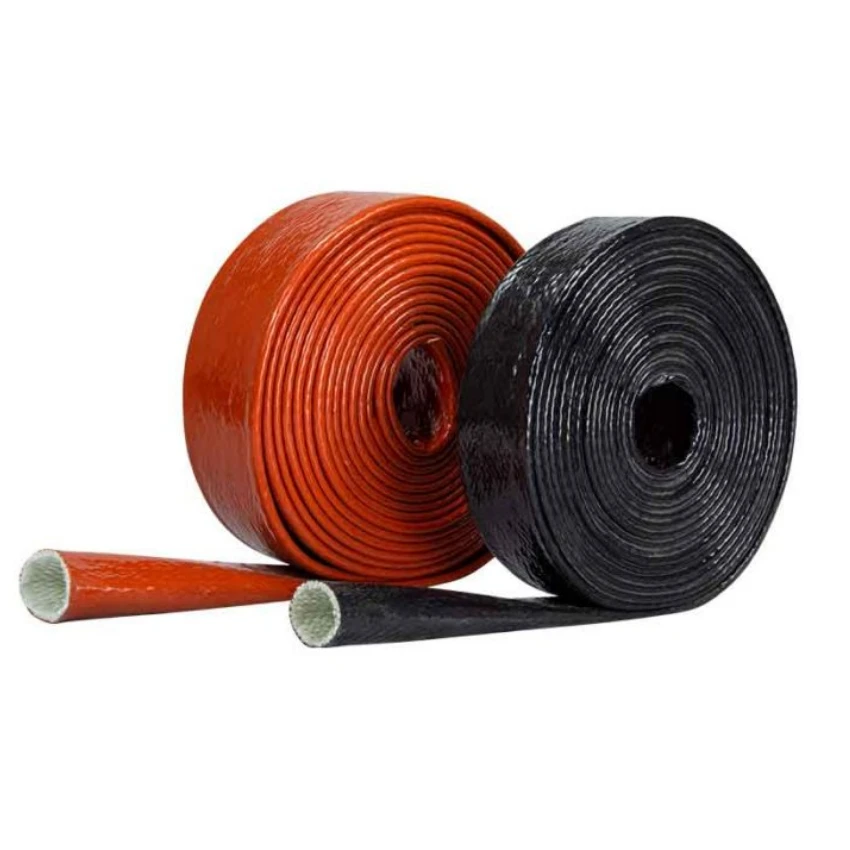Hose Protection Sleeve
Hose protection sleeves are durable, flexible coverings designed to safeguard hoses, cables, and wires from abrasion, cuts, heat, and environmental damage. Made from high-quality materials such as polyester, nylon, neoprene, or silicone-coated fabrics, these sleeves provide an extra layer of defense that extends the life of hoses and prevents costly downtime caused by wear or failure.
One of the key features of hose protection sleeves is their abrasion resistance. They protect hoses from rubbing against rough surfaces, sharp edges, or other hoses, which can lead to premature damage. The sleeves are also designed to resist chemicals, oils, and UV exposure, making them suitable for harsh industrial, automotive, marine, and outdoor environments.
Many hose protection sleeves offer excellent heat resistance, shielding hoses from high temperatures and preventing heat-related degradation. Some designs include flame-retardant properties for use in applications requiring fire safety compliance.
Hose protection sleeves are flexible and easy to install, often featuring a split design or quick fitting and removal without disconnecting the hose. This makes maintenance and inspection simpler and faster. Additionally, they come in various sizes and thicknesses to accommodate different hose diameters and protection needs.
In summary, hose protection sleeves provide reliable, cost-effective protection for hoses and cables against abrasion, heat, chemicals, and environmental hazards. Their durability and ease of use make them an essential accessory in automotive, industrial, construction, and marine applications.
What Is the Function of Hose Protection?
Hose protection serves as a critical safeguard for hoses, cables, and wires, enhancing their durability and extending their service life across various applications. The primary function of hose protection is to shield hoses from external damage caused by abrasion, cuts, heat, chemicals, and environmental exposure.
One of the key roles of hose protection is to prevent wear and tear resulting from friction when hoses rub against rough surfaces, sharp edges, or other hoses. This abrasion resistance minimizes the risk of hose failure, leaks, or bursts, which can lead to costly downtime and repairs.
Hose protection also helps guard against chemical exposure and corrosion. In industrial or automotive settings, hoses often come into contact with oils, solvents, acids, and other harsh substances. Protective sleeves or coverings provide a barrier that resists chemical degradation, preserving the hose’s integrity.
Another important function is heat resistance. Hose protection shields hoses from extreme temperatures, whether hot or cold, reducing the risk of heat-related damage such as melting, hardening, or cracking. Some hose protection products offer flame-retardant or insulating properties to meet safety standards in high-temperature environments.
Additionally, hose protection can improve safety by preventing accidental contact with moving or pressurized hoses, reducing hazards for workers. It also helps organize and bundle hoses, cables, or wires, enhancing system neatness and maintenance efficiency.
In summary, the function of hose protection is to safeguard hoses from mechanical, chemical, thermal, and environmental damage, thereby improving reliability, safety, and longevity in demanding operational conditions.
How to Protect a Rubber Hose
Protecting a rubber hose is essential to ensure its longevity, safety, and optimal performance in various applications. Several practical steps can be taken to safeguard rubber hoses from damage caused by abrasion, chemicals, heat, and environmental factors.
First, using hose protection sleeves or covers is highly effective. These sleeves, made from materials such as polyester, nylon, or silicone, shield the hose from rubbing against rough surfaces, sharp edges, or other hoses, preventing abrasion and cuts. Some sleeves also provide heat resistance, protecting hoses exposed to high temperatures.
Second, proper installation and routing of rubber hoses can minimize stress and wear. Avoid sharp bends, kinks, or twisting, as these can weaken the hose structure. Secure hoses with clamps or brackets to prevent excessive movement or vibration that may cause friction damage.
Third, regular inspection and maintenance are vital. Check hoses periodically for signs of wear, cracking, leaks, or chemical degradation. Replace damaged hoses promptly to avoid system failures.
Fourth, keep rubber hoses clean and dry to prevent degradation caused by dirt, oils, or chemicals. If hoses are exposed to harsh chemicals, select hoses with appropriate chemical resistance and clean them after use.
Finally, store hoses in a cool, shaded, and dry environment when not in use to avoid damage from UV radiation, ozone, or extreme temperatures.
By combining protective accessories, careful handling, and routine maintenance, the lifespan and safety of rubber hoses can be significantly improved.






